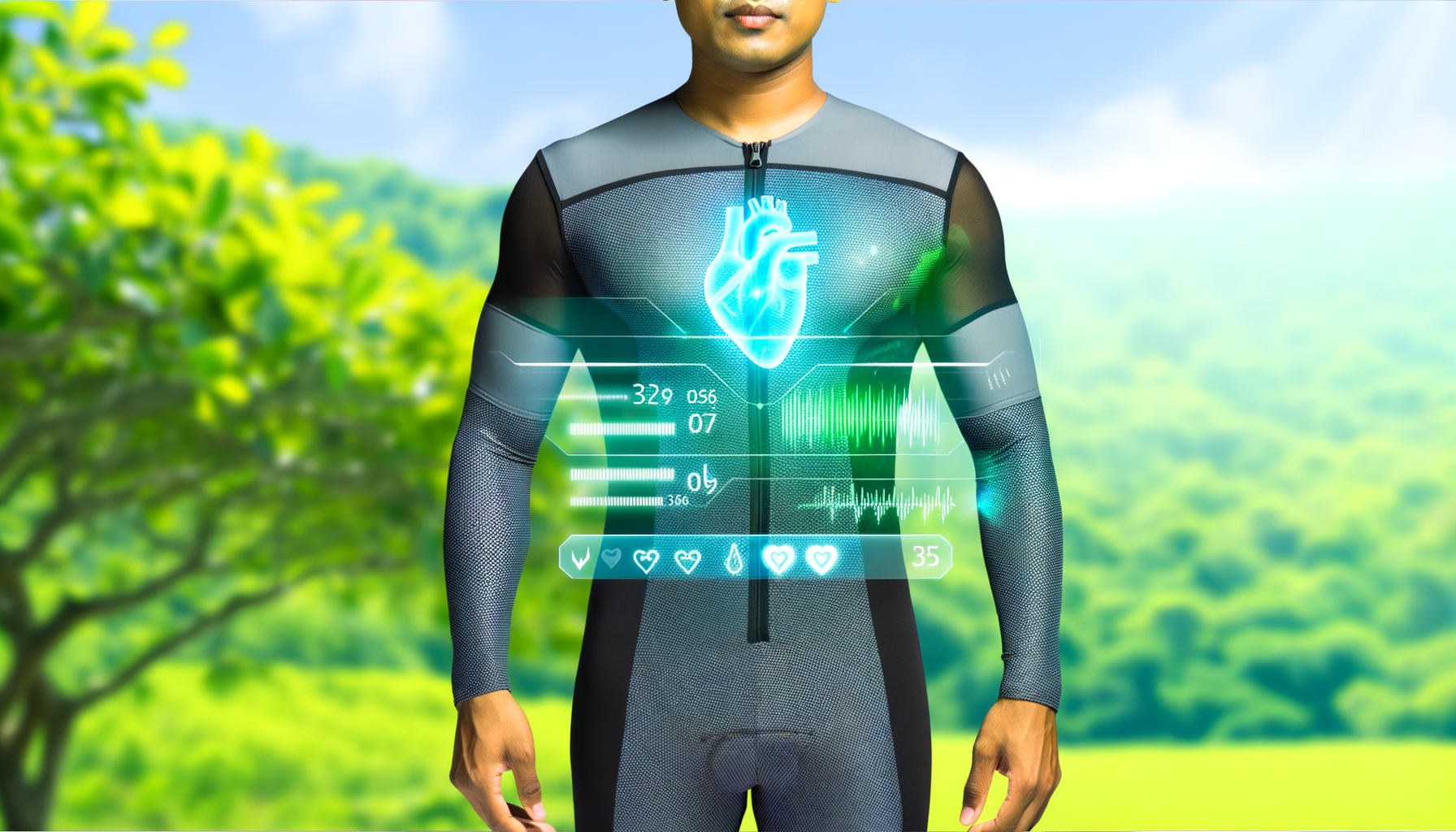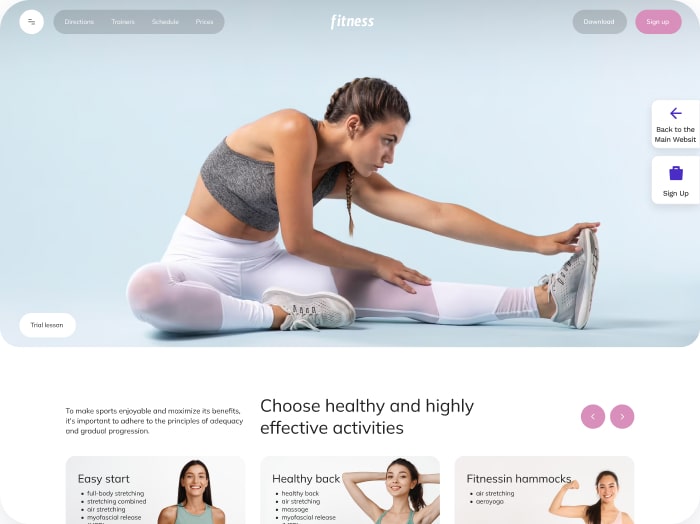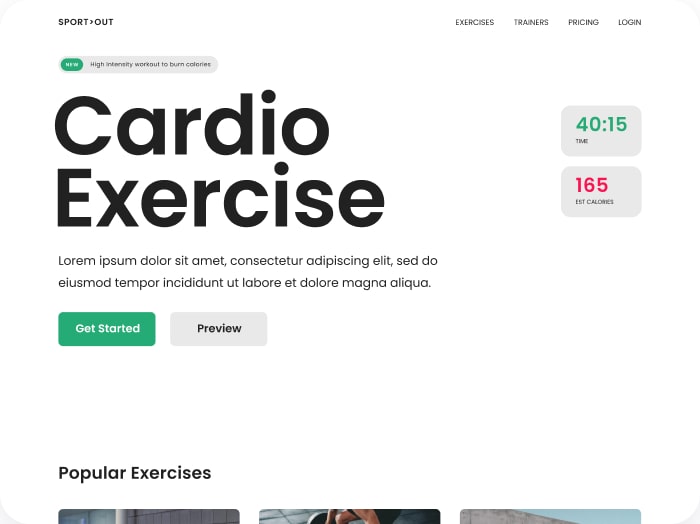Revolutionizing Health Monitoring: The Synergy of Smart Clothing and Calorie Data
In the rapidly evolving landscape of health and fitness technology, the integration of calorie data with smart clothing is poised to revolutionize how we monitor and manage our health. This innovative approach combines the advanced sensing capabilities of smart clothing with the detailed calorie tracking of wearable fitness technology, providing a comprehensive and real-time view of our health.
The Rise of Smart Clothing in Health Monitoring
Smart clothing, embedded with sensors and advanced materials, has emerged as a transformative frontier in wellness. The global smart clothing market is anticipated to reach $4 billion by 2024, with a compound annual growth rate (CAGR) of 29.0%.
These garments are not just passive observers; they are proactive health partners. For instance, smart shirts can provide real-time updates on heart rate, muscle activity, and calorie burn, making them invaluable for fitness enthusiasts. Companies like Under Armour and Nike are at the forefront, launching innovative products that leverage advanced materials and connectivity.
How Wearable Technology Tracks Calorie Data
Wearable devices, such as wristbands, smartwatches, and even garments with embedded sensors, are equipped with a variety of sensors including accelerometers, gyroscopes, and heart rate monitors. These sensors collect vast amounts of data on the user’s movements, activity levels, and physiological responses, which are then used to estimate calorie expenditure.
The process of estimating energy expenditure involves several steps. First, the wearable device estimates the user’s basal metabolic rate (BMR) based on demographic and anthropometric data such as age, height, weight, and sex. Then, it calculates the additional calories burned during daily activities and exercise using data from accelerometry, GPS, and heart rate monitoring. Some advanced wearables also incorporate skin temperature and bioelectrical impedance analysis (BIA) to refine these estimates.
Integrating Calorie Data for Enhanced Health Insights
The integration of calorie data into smart clothing enhances the user experience in several ways:
By analyzing calorie data, fitness apps can provide personalized workout routines tailored to the user’s activity level and goals. For instance, if a user’s calorie expenditure is lower than expected, the app can suggest more intense workouts to meet their fitness objectives.
Advanced wearables and fitness apps leverage AI to analyze vast volumes of data, including calorie expenditure. This allows for individualized coaching recommendations, predictions of future health concerns, and adjustments to training regimens for optimal results. For example, platforms like Calorie Calculator Cloud can help optimize this process by ensuring accurate and reliable data synchronization.
Real-World Examples and Case Studies
Several real-world examples illustrate the impact of integrating calorie data with smart clothing:
A study conducted by Stanford University revealed that users who utilized wearables to track their health indicators saw a 10% reduction in hospital visits within a year. This was largely due to the proactive measures users took, prompted by insights gained from their devices, such as warnings about blood pressure spikes or irregular heart rhythms.
The Nurvv Run wearable, designed for runners, measures cadence, step length, and foot strike, offering real-time feedback to reduce the risk of injury and optimize performance. When combined with calorie data, it provides a holistic view of the runner’s health and fitness.
Advanced Technologies in Smart Clothing
Smart clothing sensors track biosignals and workout intensity for various activities like cycling, running, weightlifting, and push-ups. These sensors seamlessly integrate with intelligent clothing to gather biometric data and sync with mobile apps for centralized data analysis and visualization. For example, a mobile app developed for a leading smart clothing brand tracks physiological indicators of stress, such as skin temperature, EEG, ECG, and heart rate, to determine the optimum zone for people doing workouts.
The integration of sensors into fabrics represents a technological leap, enabling real-time insights into the wearer’s physiological responses during exercise. It eliminates the need for separate fitness tracking devices, offering a more integrated and streamlined solution. The ability to collect and interpret data in real-time allows for a more accurate and holistic understanding of one’s physical activity.
Challenges and Future Trends
Despite the numerous benefits, there are several challenges associated with integrating calorie data into wearable fitness technology:
The accuracy and consistency of the data collected by wearables are crucial. Differences between the data acquired by wearables and that recorded by the app can lead to user frustration and mistrust. Ensuring that the data is reliable and consistent is a significant challenge for developers.
The wide range of wearable technologies available poses a compatibility challenge. Developers must ensure that their apps work seamlessly with various wearables, such as Fitbit, Garmin, and Apple Watch, during the development phase.
Future Innovations in Athleisure Wear
The fusion of technology and athleisure is already pushing the boundaries of what we wear and how we train. Future innovations may include smart fabrics with integrated electronic components that anticipate health conditions and provide personalized coaching. Imagine couture running shoes with embedded AI coaches or yoga leggings that react to your poses, guiding you into perfect alignment.
These garments, incorporating vital signs, physiological data, and global positioning systems, are not just functional but also stylish and desirable. The collaboration between fashion designers, tech companies, and fitness experts will continue to drive innovation in this field.
Conclusion and Next Steps
The integration of calorie data with smart clothing represents a significant leap forward in health monitoring. Here are some next steps for those considering this technology:
Choose a wearable device that aligns with your fitness goals and ensures compatibility with your preferred fitness apps. For example, if you are interested in detailed calorie tracking, consider devices like the Fitbit or Garmin that integrate well with calorie tracking apps like Calorie Calculator Plans.
Ensure that your wearable device and fitness app synchronize data efficiently to maintain battery life and data accuracy. Using platforms like Calorie Calculator Cloud can help in optimizing this process.
Prioritize the accuracy and reliability of the data collected by your wearable device to make informed health decisions. Advanced features such as predictive analytics and AI-powered coaching can further enhance the benefits of your wearable technology.
By embracing the integration of calorie data with smart clothing, you can take a significant step towards a more informed, personalized, and effective fitness journey. Whether you’re a fitness enthusiast or a health professional, this technology offers unparalleled insights into your health and performance, helping you achieve your goals more efficiently than ever before.








